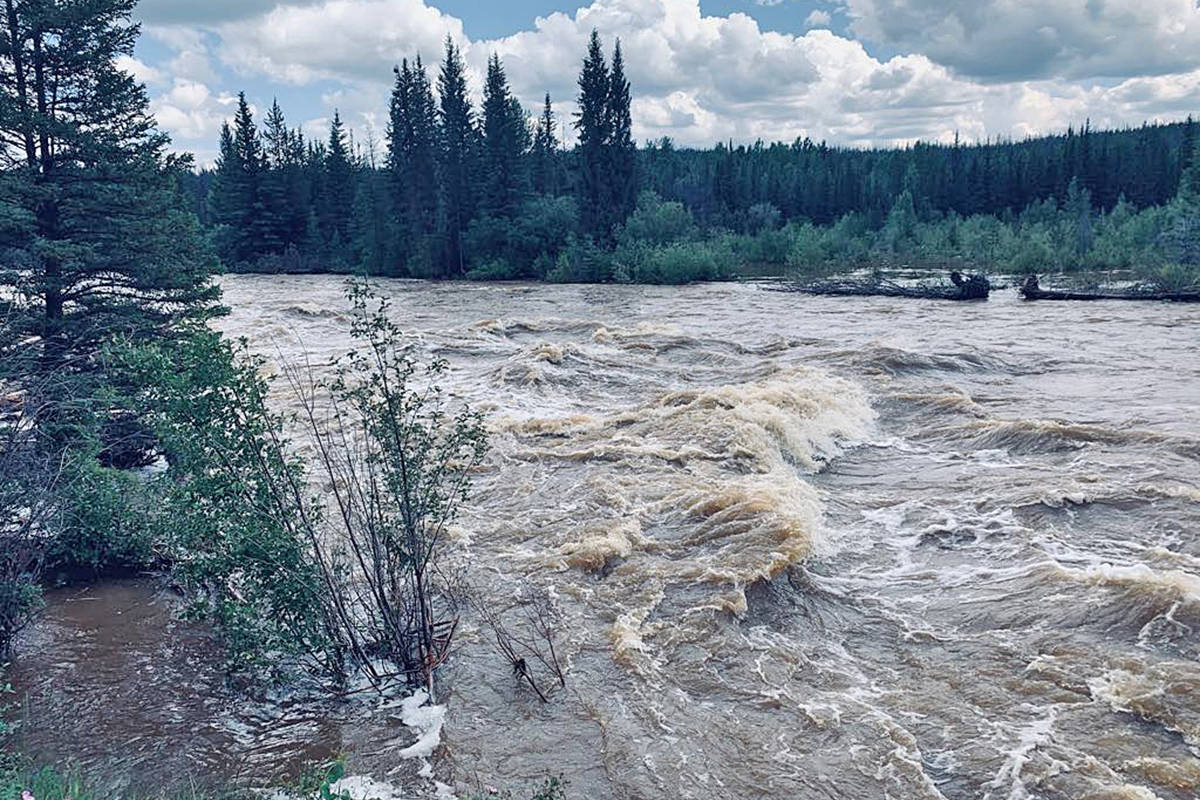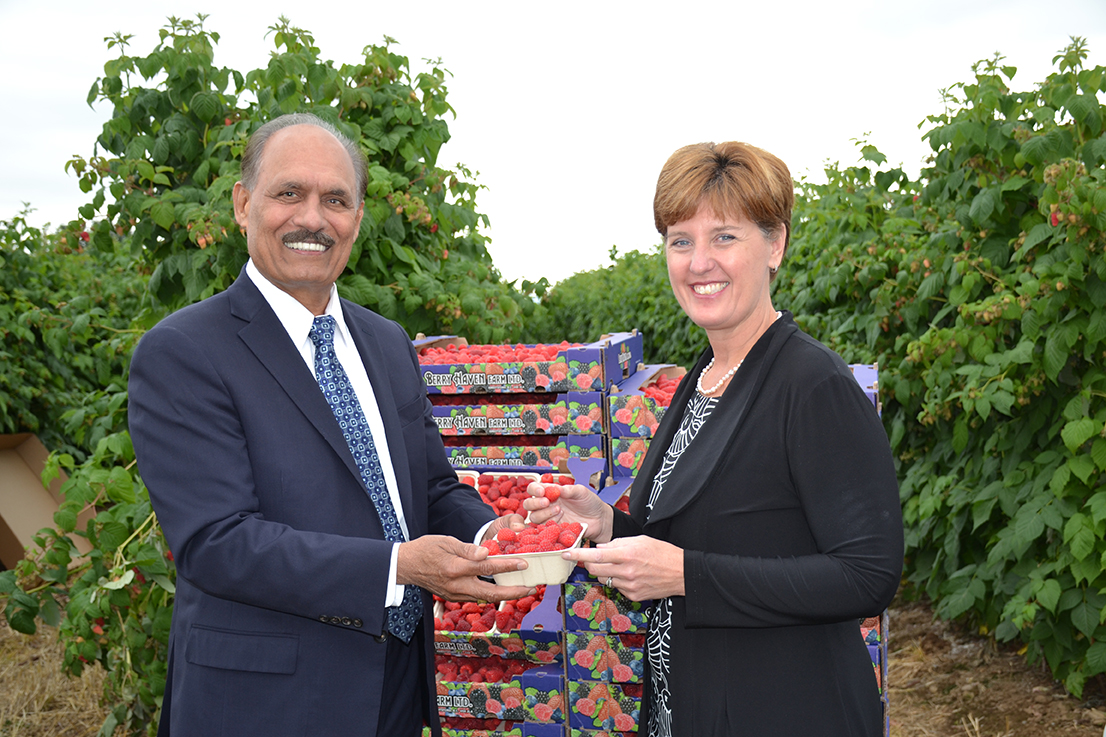The latest issue of Country Life in BC had no sooner hit mailboxes across the province last week when a series of weather systems arrived to counter our report of widespread drought.
Severe flooding swept through ranches in the Chilcotin west of Williams Lake after nearly 100 mm fell in four days. A flood warning was issued for the Chilcotin River, which was flowing at a 200-year rate of 1,010 cubic metres a second.
Wildfire ripped through the area two years ago, and one risk in the aftermath of the fires was landslides. The rainfall this past weekend triggered several, taking down both burned and green trees as dozens of acres slid into the river.
The systems moving through the province also delivered just enough rain at the end of last week to send cherry growers scrambling for blowers and helicopters to dry off their fruit.
Cherries absorb rain through the skin, and warm temperatures accelerate the process. But the skin doesn’t expand as the moisture is absorbed, resulting in split fruit. Cooler temperatures can mitigate the risk of splitting. With daytimes temperatures in the central Okanagan in the mid to high 20s last week, the risk increased accordingly.
Rainfall in the Okanagan was minimal, however. Kelowna saw just less than 16 mm while Vernon recorded twice that. This might have been enough to water crops but it wasn’t enough to refill dry reservoirs.
The province’s drought information portal indicates that the Fort Nelson region is no longer extremely dry – the most severe of the four drought ratings – but all other regions remain dry or very dry.


 Farm input costs stable
Farm input costs stable